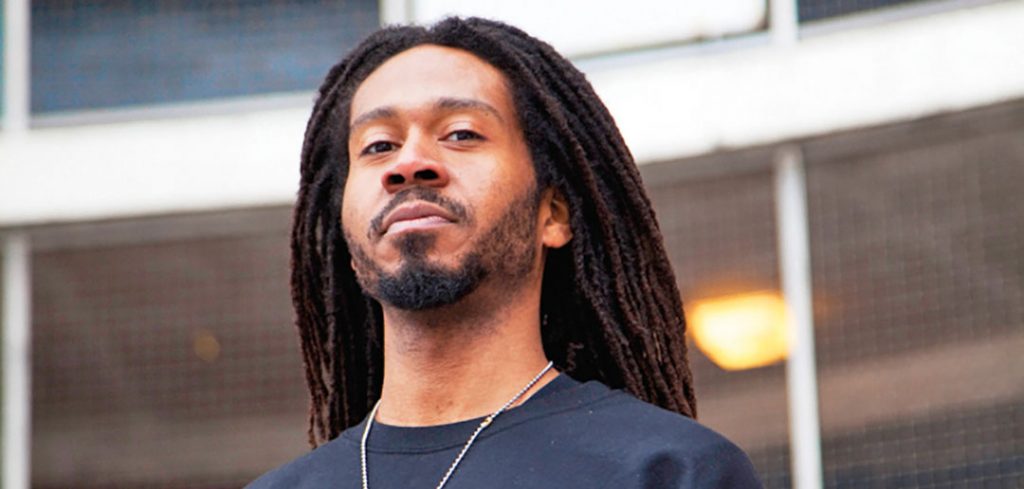In middle school, Rico Washington was getting the better of a classmate in a heated debate. Her retort? “That’s why you live in Kimberly Gardens with the rats and the roaches!”
He was confused. He hadn’t seen any rats or roaches in the Laurel, Maryland, public housing apartments he called home. Still, someone else’s perception had made him ashamed of where he lived. Years later, he moved to New York for college and grew fascinated by the city’s public housing and the many accomplished individuals it has produced. So he was once again confused when, during the Senate confirmation hearings of Supreme Court Justice Sonia Sotomayor, people couldn’t believe she was from the projects.
“I was like, that’s it!” he says in frustration. “What about this person? And that person?” And so he got to work on We the People: The Citizens of NYCHA in Photos and Words, an exhibit that the Brooklyn Historical Society hosted from September 2014 until March of this year. He named the project’s website debunkthemyth.org, which is just what he set out to do.
A music journalist, Washington conducted interviews with NYCHA (New York City Housing Authority) residents past and present, while Tokyo-born photographer Shino Yanagawa took the photos. The duo featured hip-hop icons Afrika Bambaataa and Yasiin Bey (formerly known as Mos Def), filmmakers, PhDs, cooks, people who’d become famous, and everyday “people being phenomenal in their own right,” Washington says.
In one sun-dappled photo, hearing-impaired mom Nadiyah Horne smiles widely as 5-year-old daughter Ameenah hugs her tight around the neck. Horne told Washington she and her daughter left a violent New Jersey neighborhood “that wasn’t good for me and my daughter” to move to Wise Towers on Manhattan’s Upper West Side, where she feels much safer. “I just didn’t give up and made sure I focused on her,” she said.
Washington grew up listening to his grandmother tell stories about his great-grandfather. “I think that’s where the historian in me comes from, that oral tradition in African-American culture,” says Washington, who majored in African and African American studies at Fordham. “Getting things down has always been a goal of mine.”
Now, with the help of the oral history project StoryCorps, he plans to conduct workshops to help NYCHA residents “tell their own stories.”
In February, Washington received a letter from the woman who inspired him. Justice Sotomayor wrote that she regretted she couldn’t make it to the exhibit, but was gratified that he had “chosen such a powerful way to give inspiration and hope to so many.”
[doptg id=”9″]

